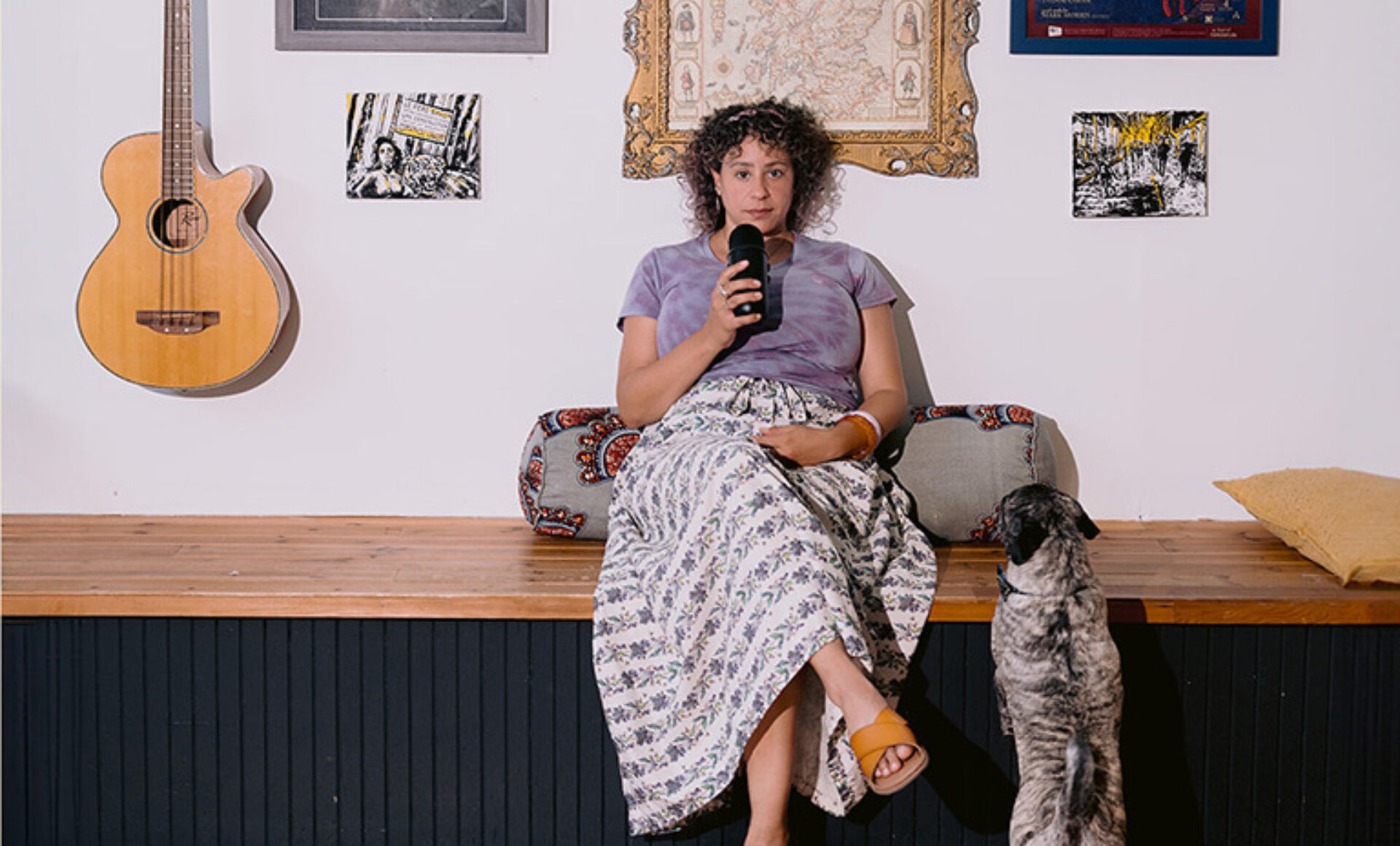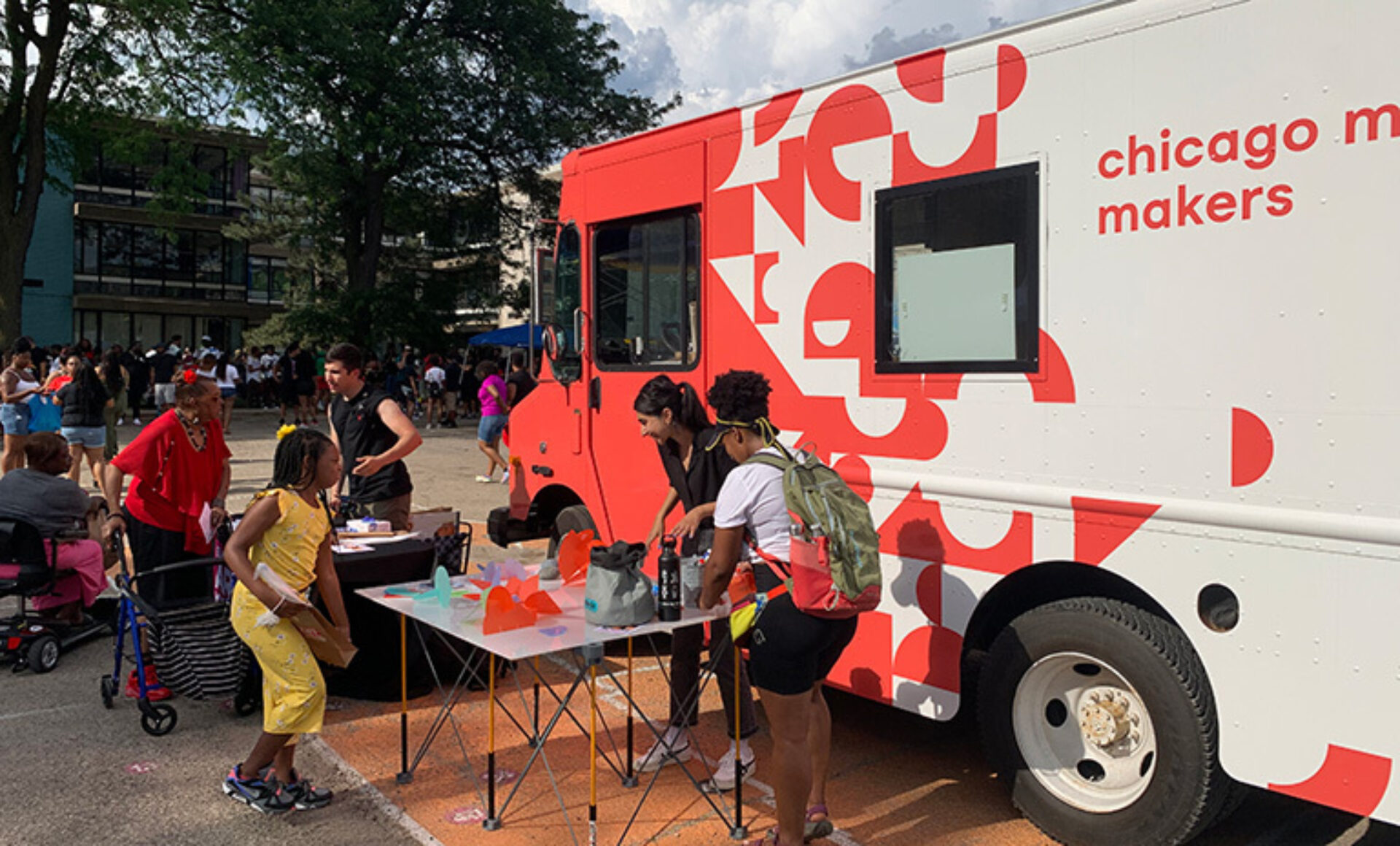When we think of design, we think about place, people, and the future—and how those three things come together to impact entire communities. Now more than ever, social impact is influencing the way designers think about creating spaces, whether it’s climate change, diversity and inclusion we design for people. Diksha Pilania, Student IIDA focuses on is one of those designers bringing more awareness to EDI within design through her project known as Upaya. Upaya is a project led and created by Pilania, who wants to reimagine what the slum communities of India look like. Her connection to and passion for her community inspires her to give back by designing new housing types for slum communities and traveling to India to see those designs implemented. We catch up with Pilania after her return for her takeaways and lessons on why it’s important to give back to the communities that raise you and the importance of collaboration and the different ways to think about design, community, and what it means to take actionable steps.
How did you come to be an IIDA member and how has it affected your design education?
I was introduced to IIDA by my peers during my masters study at Virginia Tech. IIDA’s Student Mentoring Program helped me gain a better understanding of the “real world,” and the resources shared have been of immense help in keeping me up to date and connecting me with the community of fellow designers. IIDA also helped provide me with the motivation to pursue LEED GA certification thus enhancing and expanding my knowledge base in sustainable design.

What is Upaya and how did you become involved?
“Upaya” is the title I have given to my thesis project, so it is something that I have come up with and plan to launch and expand on. Upaya is a Sanskrit and Pali term meaning "device, strategem," or "means." The term has a technical function in Buddhism. The mission of Upaya is to empower slum inhabitants to design the sets of their own narrative by equipping them with the tools and resources to participate.
With my dual masters in scenic and interior design, I’m always interested in how people interact with spaces and how these spaces affect their behavior. Because of this interest combined with my passion for community work, I noticed a gap. Interior design services were often seen as luxurious and were not reaching underserved communities. I realized these communities needed attention because the way their living spaces were designed affected their mental well-being. That's why I started Upaya. It's not just a solution, it's a way to create more thoughtful communities. I'm using my skills as a spatial designer to make a positive change and show the power of good design.
Can you walk us through the process of Upaya and how you see it as a design solution? What are the goals?
Upaya aims to use participatory design processes in order to bring interior design services to the underserved communities and make design accessible to all. Initially, we spend time in their homes, observing their routines and discussing their concerns and needs. This deep understanding forms the basis of our designs. We engage in meaningful conversations and brainstorming sessions with the families, ensuring their feedback shapes our ideas. Local culture is crucial to our approach. We incorporate elements like Indian railways making our designs relatable and understandable to the community.
Not only do we consider their input, but we also identify areas where they can contribute their expertise, enabling them to actively participate in the process. We firmly believe that design should be user-friendly. A core principle of Upaya is flexibility, especially considering the constant fear of eviction prevalent in these communities. Our designs are easy to assemble and disassemble, offering stability and adaptability and the ability to own their space, and move it with them if need be. Through a collaborative and considerate approach, Upaya ensures that design solutions are accessible, functional, and meaningful to all. We plan to launch Upaya as a partnership. The residents of these areas will contribute either money or their skills, covering 50% of the costs. The remaining 50% will be funded by our social enterprise, Vanvaasi. This way, the community members have a stake in the project, fostering a sense of ownership and pride.

Image courtesy of Diksha Pilania

Image courtesy of Diksha Pilania
Upaya is all about making interior design services accessible to everyone, especially those in underserved communities. We want to transform their living spaces and, at the same time, improve their lives.
Diksha Pilania
Why was this project so important to you? What is the impact?
I've always been drawn to social work because I believe my life's purpose is to give back to the community that shaped me. Seeing the challenges these communities face and recognizing the privilege and education I have, I couldn't sit idle. After studying for five years in the states, I had to find a way to bring back the knowledge I had gained to my own country and this project provided me with a new beginning as I ended my educational career and ventured into equitable and social design.
Many people in these communities have skills like construction and carpentry, so we're involving them in the process. By doing this, we not only provide jobs but also empower them to be leaders in their community. By improving living conditions, we believe we can also enhance education by creating spaces that encourage learning. Additionally, by making homes more comfortable and uplifting, we hope to reduce conflicts and issues like domestic violence.
What did you learn from the Upaya project? How did the host family’s story impact your approach?
Our host family was a beautiful family of four, Rajesh, Pooja Madame, and their two sons (five and seven years old). It was very interesting and enriching to see how this family of four was using their 10*12ft space to address all their individual needs.
“Once people are compelled to reside in slums as they cannot afford elsewhere,” the researchers write, “[they] still possess the capability to value or optimize on the housing attributes.”- Saudamini Das
Observing the joy in their eyes as they proudly owned their space instead of renting it changed my perspective. It made me realize that simple innovations could significantly boost their confidence and truly make a place their own. Their openness and kindness in letting us use their space as our experimental project taught me the strength of working together. It highlighted how a simple gesture of cooperation could create substantial positive changes.
For this particular project, we experienced a very heartwarming story where Rajesh Madame came to us and said “Madam, since you are doing so much for our interiors space, I want to invest my own money and labor in turning my house from temporary tin sheets to a solid brick and mortar building”. Within two days Rajesh gathered a team of four, borrowed money and re-constructed his home. A space which was before on the verge of falling and had hazardous tin sheets and no windows, now had a clean solid structure with two windows, better ventilation, and much improved air quality. This experience became our inspiration to share the message of how design and a little encouragement can transform lives.
What is the most important thing that you learned working on this project?
This project taught me a valuable lesson: there's no one-size-fits-all design. Designers can't just stay home and create solutions for underserved communities without understanding their unique needs. These communities live differently, using spaces and products in ways we might not expect.
I learned the importance of active listening–truly hearing what people need and want. It showed me that involving the community in the design process is vital. We can't just impose our ideas on them. Instead, we have to collaborate and work together. This approach not only makes them feel valued but also gives them a sense of ownership over the design, ensuring it truly fits their lives.

Image courtesy of Diksha Pilania

Image courtesy of Diksha Pilania
How do you hope this project helps the slum communities in central and southern Asia? How does it make design more equitable?
As beautifully said by Medha Patkar “Slums are a reminder that the fight for social justice and inclusive development is far from over.” I want to at least be a part of this fight. I dream that Upaya reaches every doorstep in slum communities worldwide, giving them a sense of permanent belonging rather than temporary settlements. I hope this project brings moments of happiness, making them feel valued and recognizing their vital role in society. A resident once said, “If we can build great buildings for the rich, we can do it for ourselves.” I want to empower them with resources and motivation, enabling this change and leading dignified lives.
By connecting underserved populations with designers and crafting personalized solutions based on their unique stories, Upaya embodies fair design. Upaya enhances design equity by involving underserved communities directly in the process. Through active participation, cultural relevance, and skill utilization, it tailors designs to meet specific needs. Flexible, accessible solutions address fears of eviction, while educational and mood-enhancing elements positively impact well-being. By empowering communities and valuing their input, Upaya ensures that design becomes an inclusive tool for positive change.
Where do you see yourself in 5 years?
As a fresh graduate, I see myself working in the professional industry collaborating and learning with professionals to refine and expand this project globally. I believe in bringing spaces to life, and I want to help uplift the huge population of these underserved communities. I see myself as a social designer and changemaker, spreading the impact of design. I've created two hashtags for this project, #Everyoneneedsadesigner and #Everyspacematters; These reflect my commitment to a movement where design is accessible to all and every space is valued.

Image courtesy of Diksha Pilania

Image courtesy of Diksha Pilania






